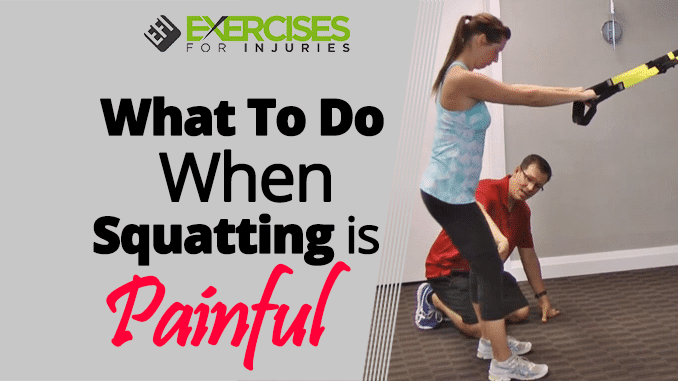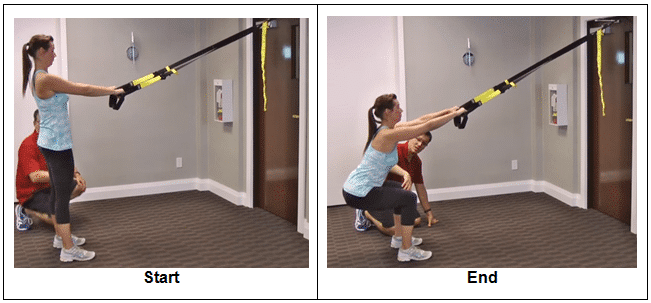
Hey, I hope you are doing great.
After presenting to over a hundred professionals the ins and outs of creating a blog and YouTube videos, I just got off stage.
It was great to share and help so many people.
Okay, let me get to what I have for you today.
As usual, I have a video for you.
People often excellence pain in their joints, such as in the knees and hips, as these joints take on most of the load in a squat exercise. Luckily, there are variations you can do to take some of the strain off your joints and still work on your strength and mobility in the squat exercise. In this video, I’ll go through an exercise that will help you overcome your difficulty with a squat exercise.
Often when people experience pain when squatting, they completely avoid performing the squat.
But you should not eliminate this exercise from your routine because your squatting performance will get worse, putting more loads on the other joints like your hips, increasing the risk of injury. Therefore, I recommend doing the modified or assisted squat using the suspension trainer.
The squat is a functional movement. This means that you perform the movement pattern of the squat in your everyday life. Think about bending down to pick something up off the floor or getting up from your chair. You do this movement every day, so working on your squat is a smart idea that can help build strength, increase mobility, and make everyday tasks easier.
What To Do When Squatting Is Painful?
CLICK HERE to watch the YouTube video.
Suspension Trainer Squat
Andrea will demonstrate it.
Suspension Trainer Squat
This modification or assisted squat is really helpful. Ensure that the suspension trainer is fixed to a secure position. Your suspension trainer probably has an option to attach to a door frame or clips that you can secure to sturdy hooks.
Face the attachment point of the suspension trainer. Grab onto the straps with your arms straight, and then lean back. Go through the squatting motion with your feet hip-width apart. The motion is happening through your hips and knees; then you raise back up.
Your shins are vertical to the floor, so there’s less stress on the knees as opposed to having the knees forward. In other words, do not allow your knees to pasthere’stoes as you squat down. The rest of your body should be in a good straight alignment. Think about keeping your weight in your heels and your chest open. Using your arms and the suspension trainer will take some of the load off your knees and hips.
Try a shallower squat if you experience pain in your hips, knees, or other areas. Do not bend your hips and knees as much and see if this helps alleviate the pain you are experiencing.
By completing this exercise, you are working on the range of motion on the knee and strengthening the muscles around the knee. Over time, you may be able to come into a deeper squat and maybe even do a squat without the suspension trainer.
So give that exercise a go. If you have difficulty squatting, perform the suspension trainer squat. If you keep avoiding the squat exercise, you may stress your hips and knees more.
Take care!
Rick Kaselj, MS
Check out the Bodyweight Blender program here for your equipment-free workout to lose weight and tone your body!



